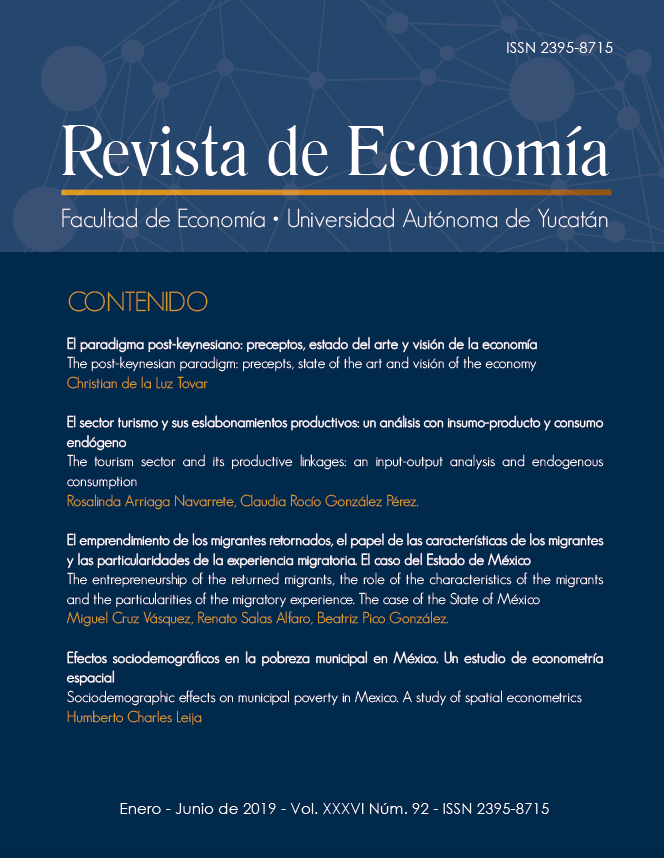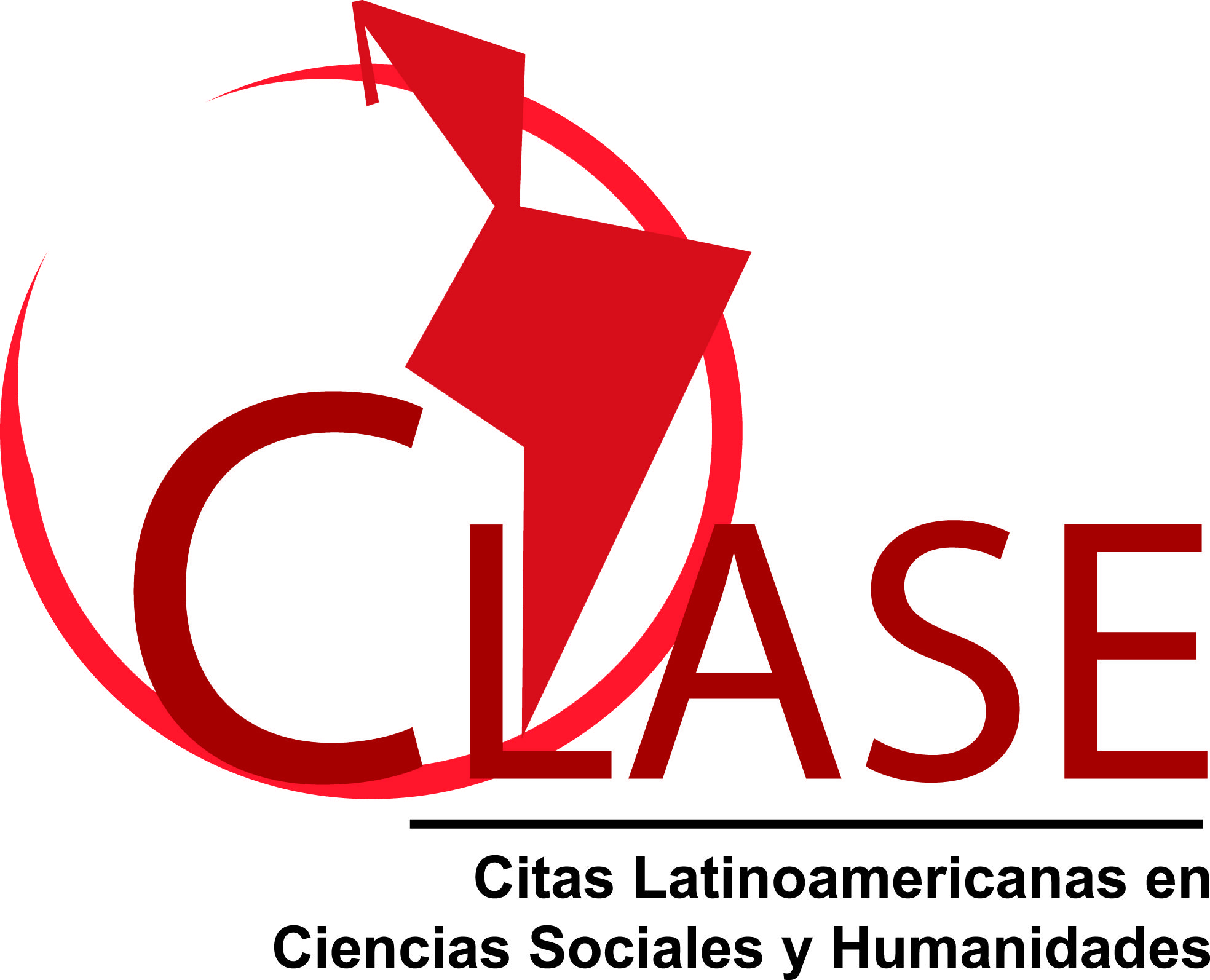Sociodemographic effects on municipal poverty in Mexico. A study of Spatial Econometrics
Abstract
The study identifies the effects of sociodemographic factors on the extreme poverty rate in Mexico. 2010 information and spatial data analysis techniques are used. It is found that some elements of public policy such as increasing the literacy rate reduce extreme municipal poverty. Another relevant element is that a more equitable distribution of labor rates between men and women reduces extreme poverty. One of the main contributions of the research is to identify that by reducing extreme poverty in 10% in some municipalities, the extreme poverty of its neighbors can be reduced by up to 5.5% due to contagion effects
Copyright (c) 2019 Economics Journal, Facultad of Economics, Autonomous University of Yucatan

This work is licensed under a Creative Commons Attribution-NonCommercial-ShareAlike 4.0 International License.
D.R. © Revista de Economía
The conditions that are required when granting the attribution license called CC -BY-NC-SA are the following:
1. The Universidad Autónoma de Yucatán must be clearly identified as the owner of the copyright of the original publication.
2. The material may not be used for commercial purposes.
3. Any derivative work must be published and distributed under the same open access license as the original publication.











